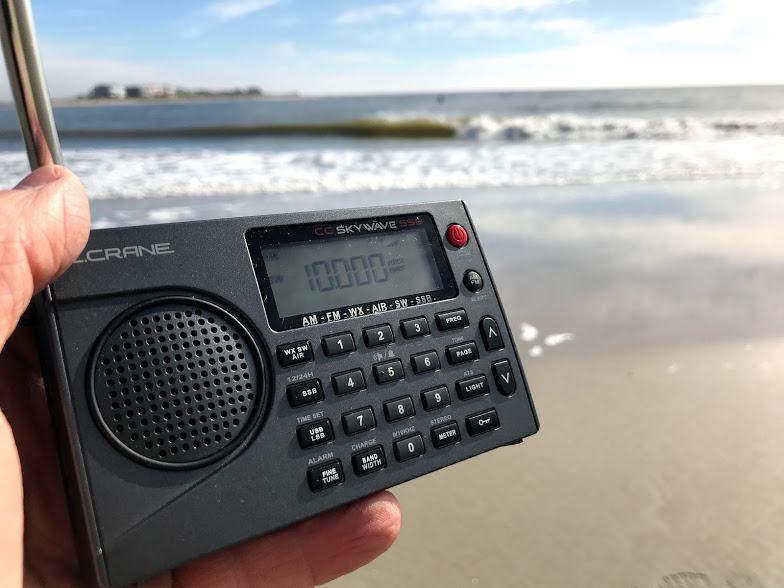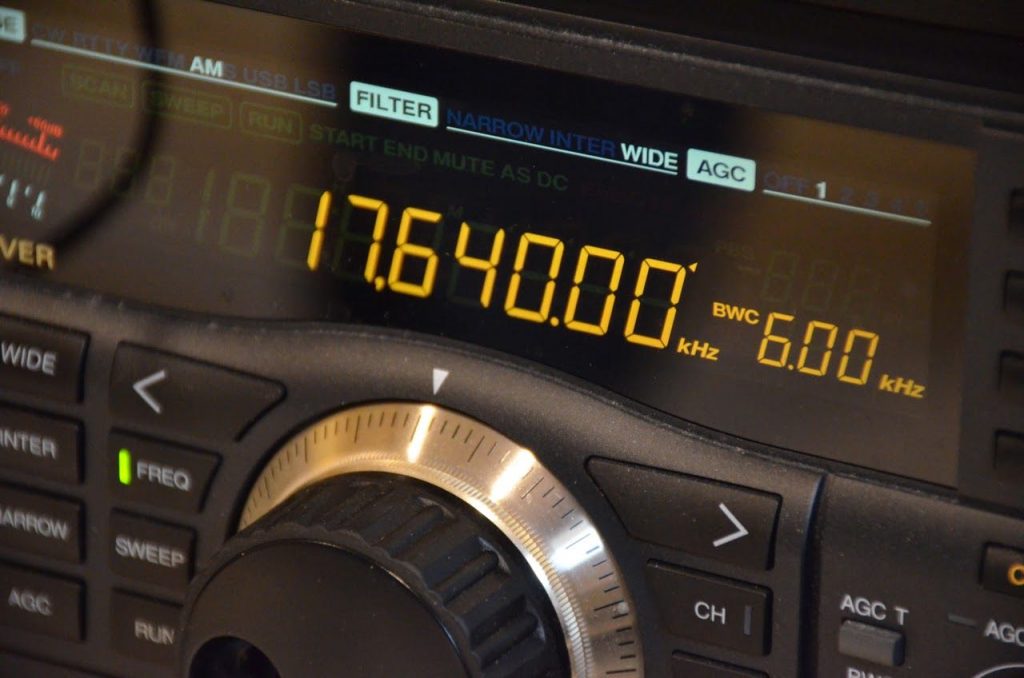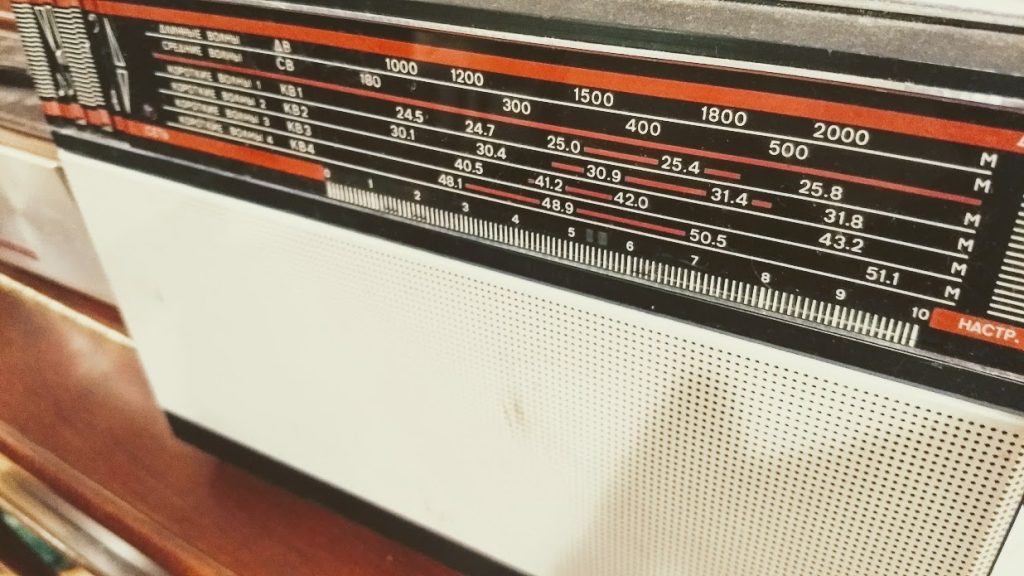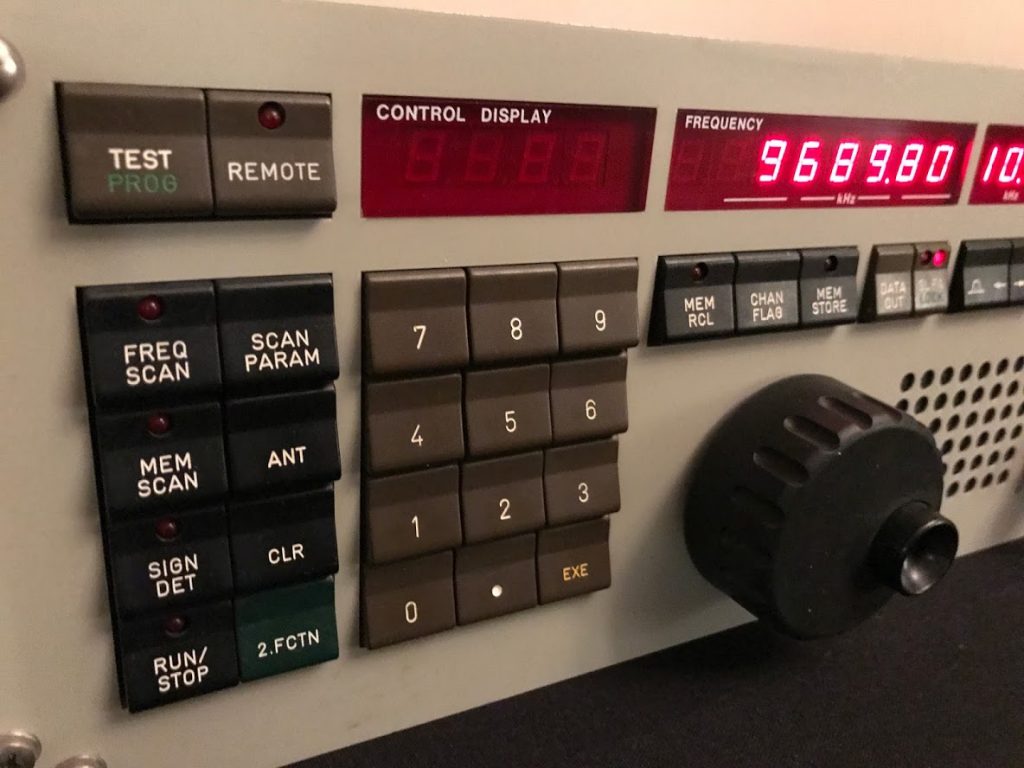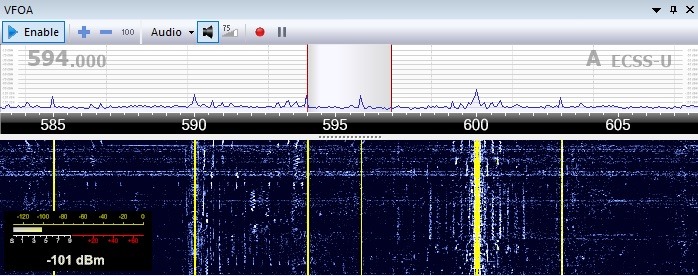Radio Waves: Stories Making Waves in the World of Radio
Because I keep my ear to the waves, as well as receive many tips from others who do the same, I find myself privy to radio-related stories that might interest SWLing Post readers. To that end: Welcome to the SWLing Post’s Radio Waves, a collection of links to interesting stories making waves in the world of radio. Enjoy!
Many thanks to SWLing Post contributors David Iurescia, Dan Robinson, Scott Gamble, and Martin Butera, for the following tips:
Rebroadcasts of RFI programs halt over alleged “pro-China” stance (RTI)
Taiwan’s National Education Radio has decided to stop domestic rebroadcasts of Radio France Internationale’s programs. That’s after receiving listener complaints that the station’s news programs repeated Chinese talking points that praised Beijing, belittled Taiwan, and criticized the US.
National Education Radio had rebroadcast Radio France Internationale’s French and Chinese programs for Taiwanese audiences during two daily time slots under an agreement arranged by RTI.
During a meeting of the Legislature’s culture and education committee Wednesday, KMT lawmakers said that the education ministry should investigate whether the listener complaints were justified or not. They also expressed concern about what pulling the plug of the rebroadcasts might mean for freedom of speech and the press in Taiwan.
During the meeting, Education Minister Pan Wen-chung said that the rebroadcasting agreement had been intended to foster exchanges with France. Pan said the programs originally rebroadcast were mainly focused on educational and cultural topics. However, Pan said that RTI and National Education Radio have decided to temporarily stop the rebroadcasts, since the content of the re-broadcasted programs had begun to deviate from these non-political topics.
Pan said that he had not personally listened to the rebroadcast programs. He also said that the education ministry had not been informed about the decision to halt rebroadcasts until RTI and National Education Radio had already decided to do so among themselves. However, he said that the education ministry supports the decision.[…]
Listen to radio stations from around the world with the push of a bright red button (Huckberry.com)
There’s one type of travel that’s always ready at the drop of a hat: mental vacations, or, travels of the mind. If that sounds pretty namby-pamby, wait until you see what we mean. Inside this handheld radio are 18 windows into the cityscapes of 18 international locations. Streaming live radio from whichever far-off locale you prefer, The CityRadio is a living, immediate connection to the authentic sounds, music, language, and culture of vibrant cities across the globe. Turn it on, tune in, and let your mind wander while your passport stays stowed in a drawer.
U.S. government tries to block Titanic expedition as archeologists say human remains could exist (Yahoo News)
A plan to retrieve the ocean liner’s radio received pushback as archaeologists say human remains could still be there.[…]
Martin visits Radio Globo and Radio CBN Radio studios
I’m sending you a PDF about my visit to the Radio Globo and Radio CBN Radio studios, all with photos, video links, lots of texts, all very complete.
It also contains an interesting interview with a quite famous journalist, here in Brazil, creator of podcast content, who worked for 2 years in international Chinese radio and currently works in CBN Radio.
Click here to download (PDF 2.5MB).
Do you enjoy the SWLing Post?
Please consider supporting us via Patreon or our Coffee Fund!
Your support makes articles like this one possible. Thank you!




